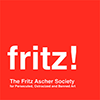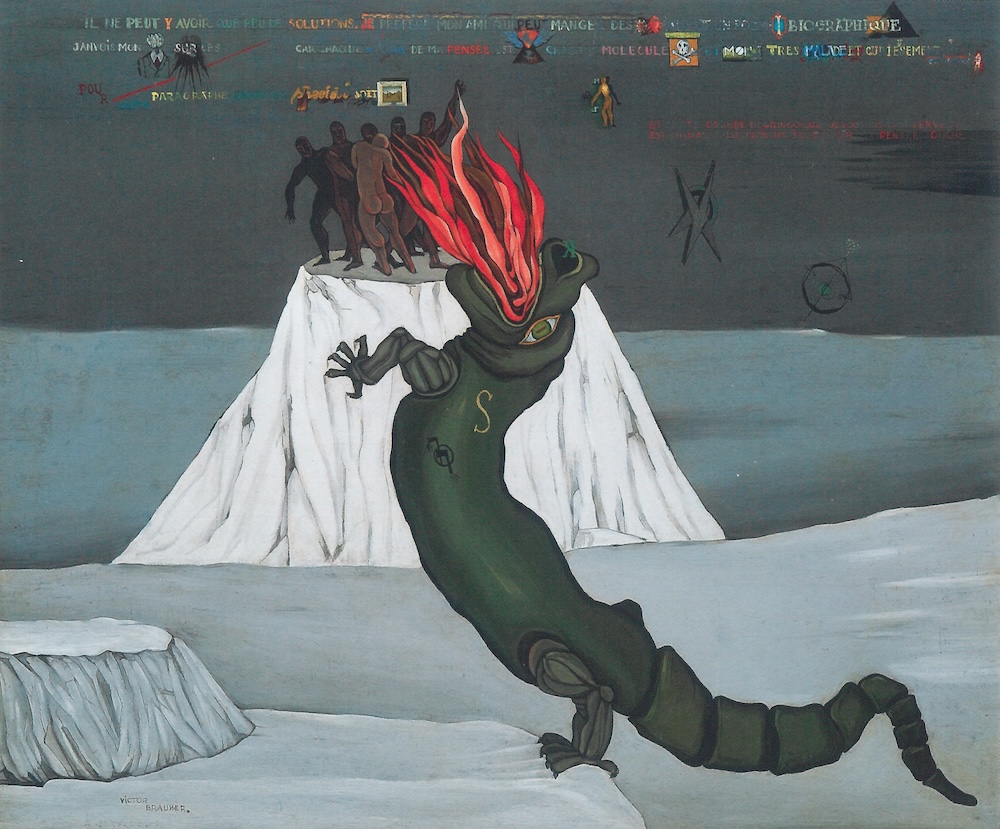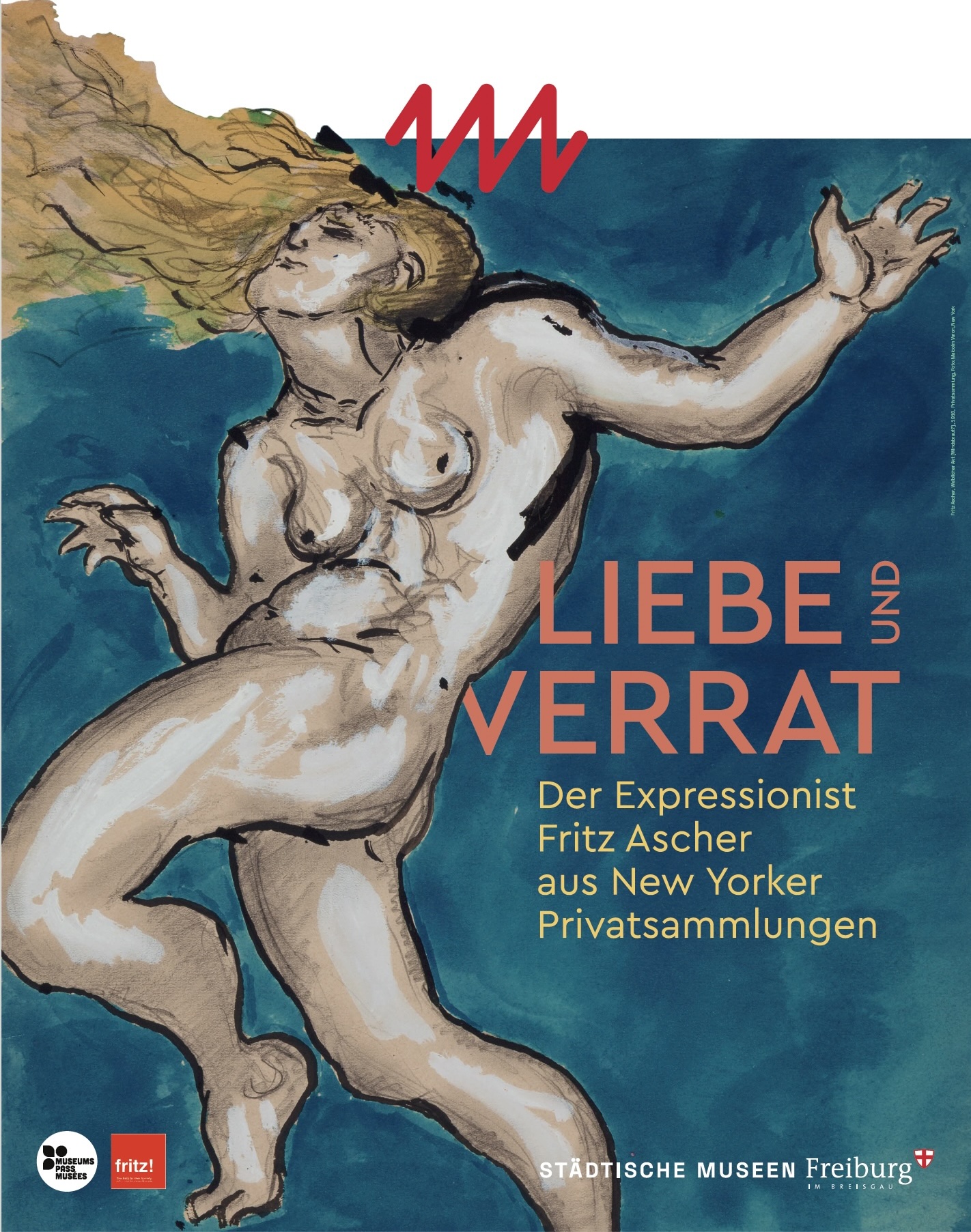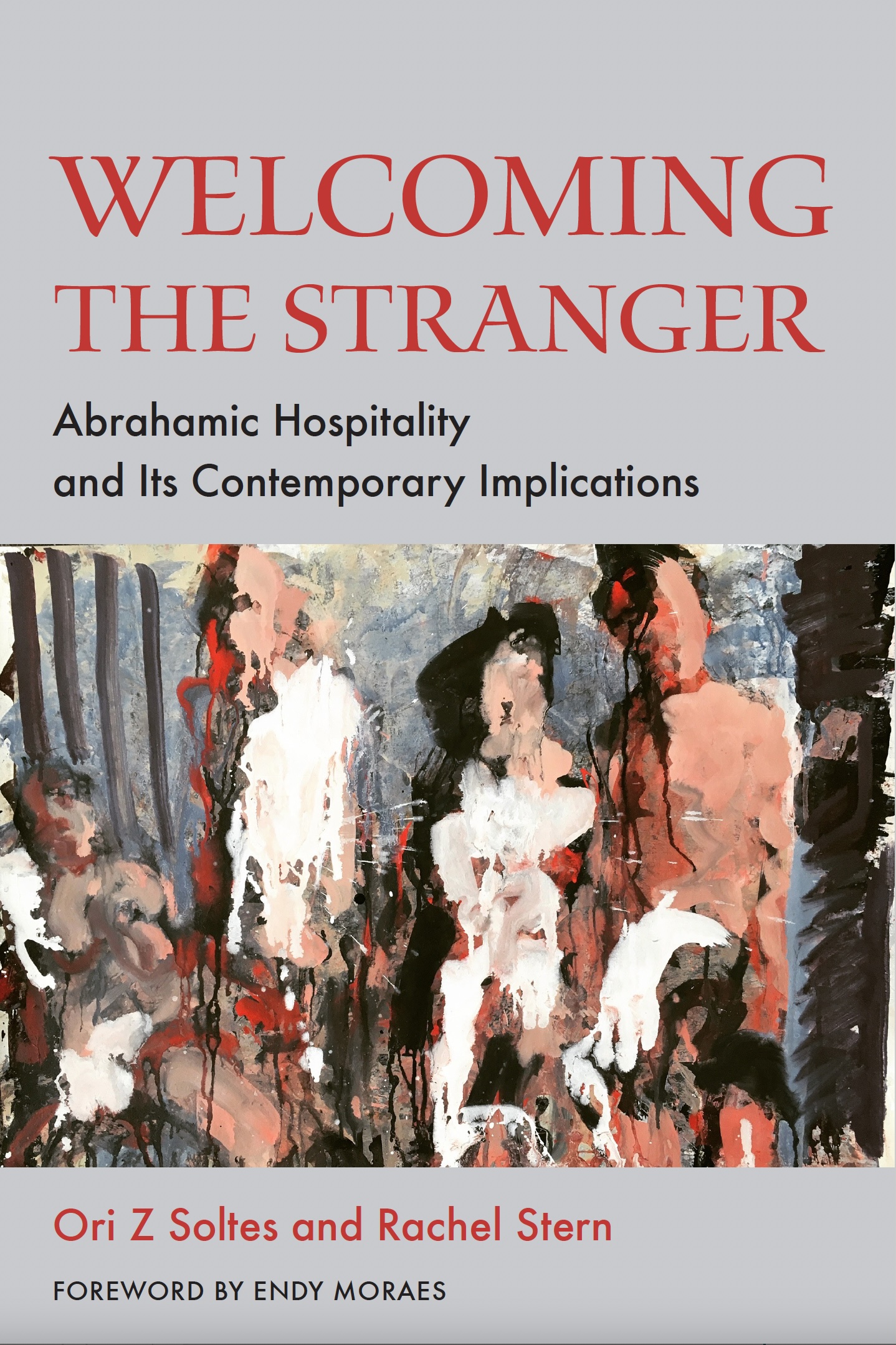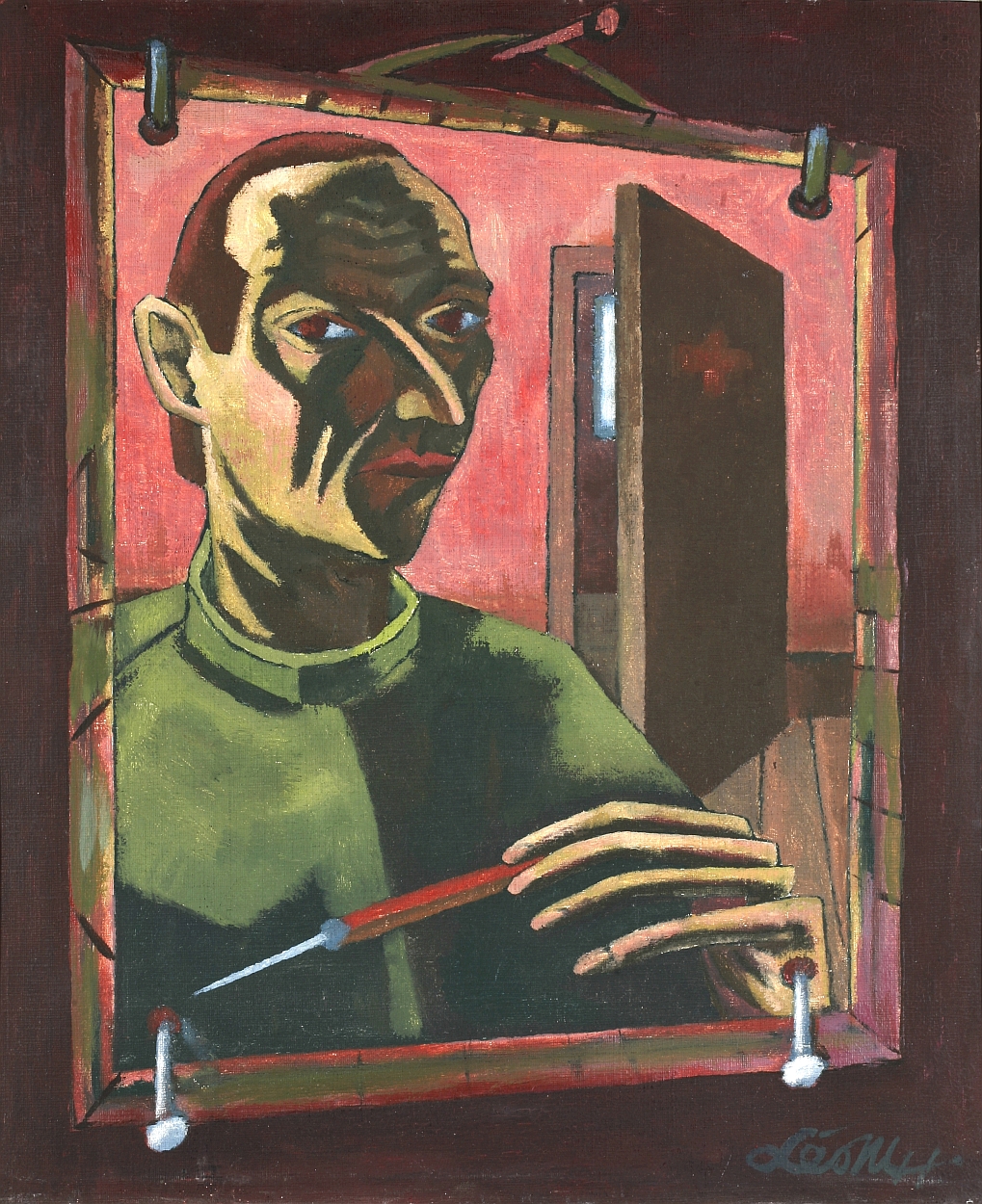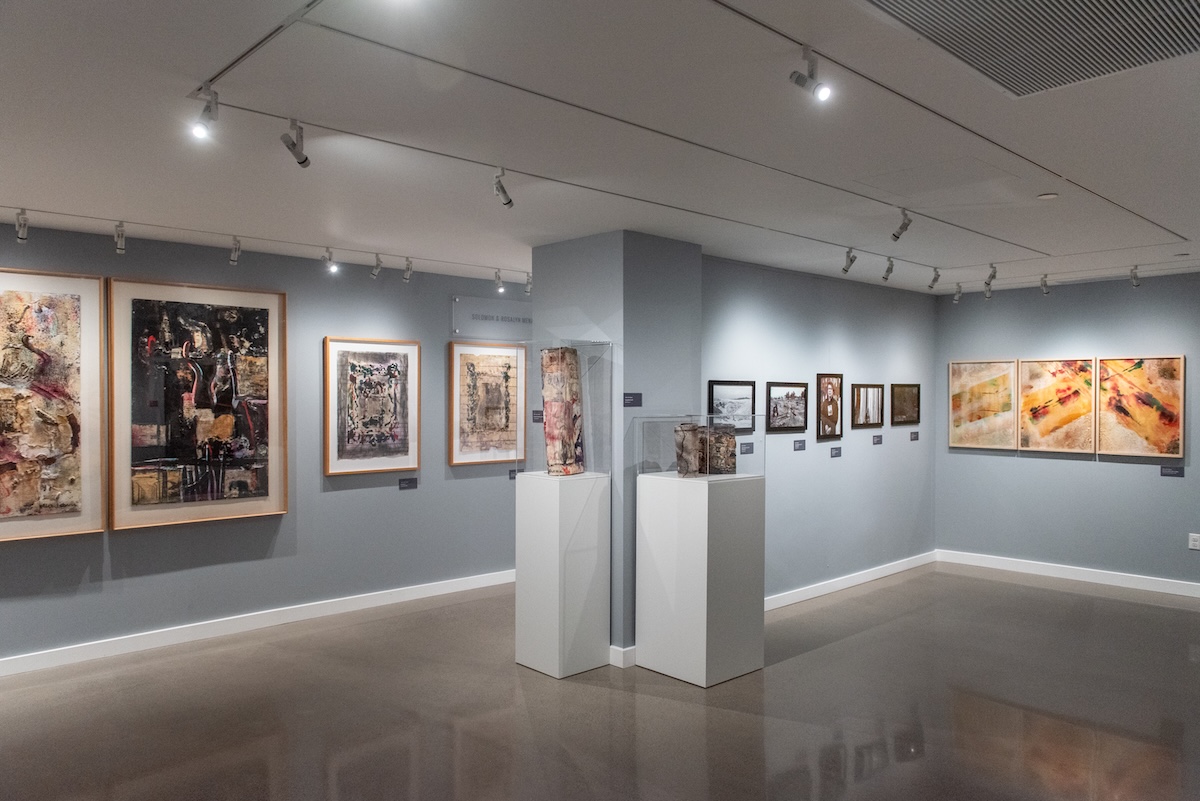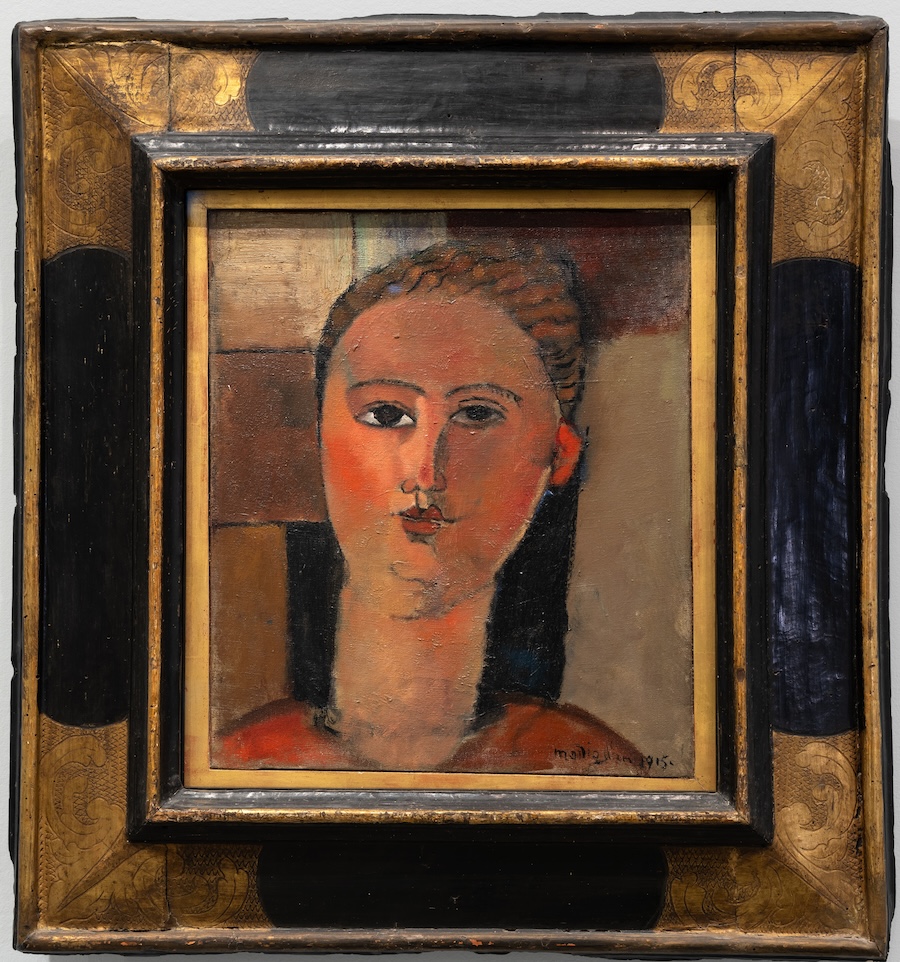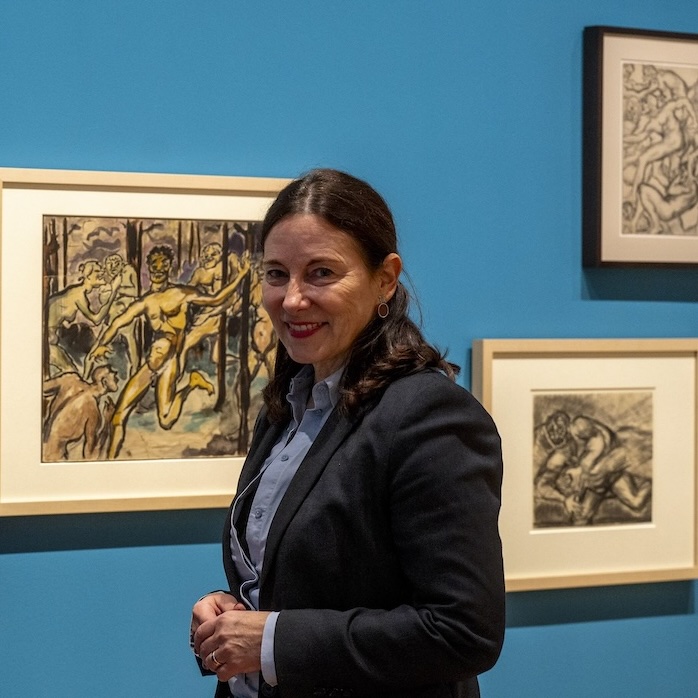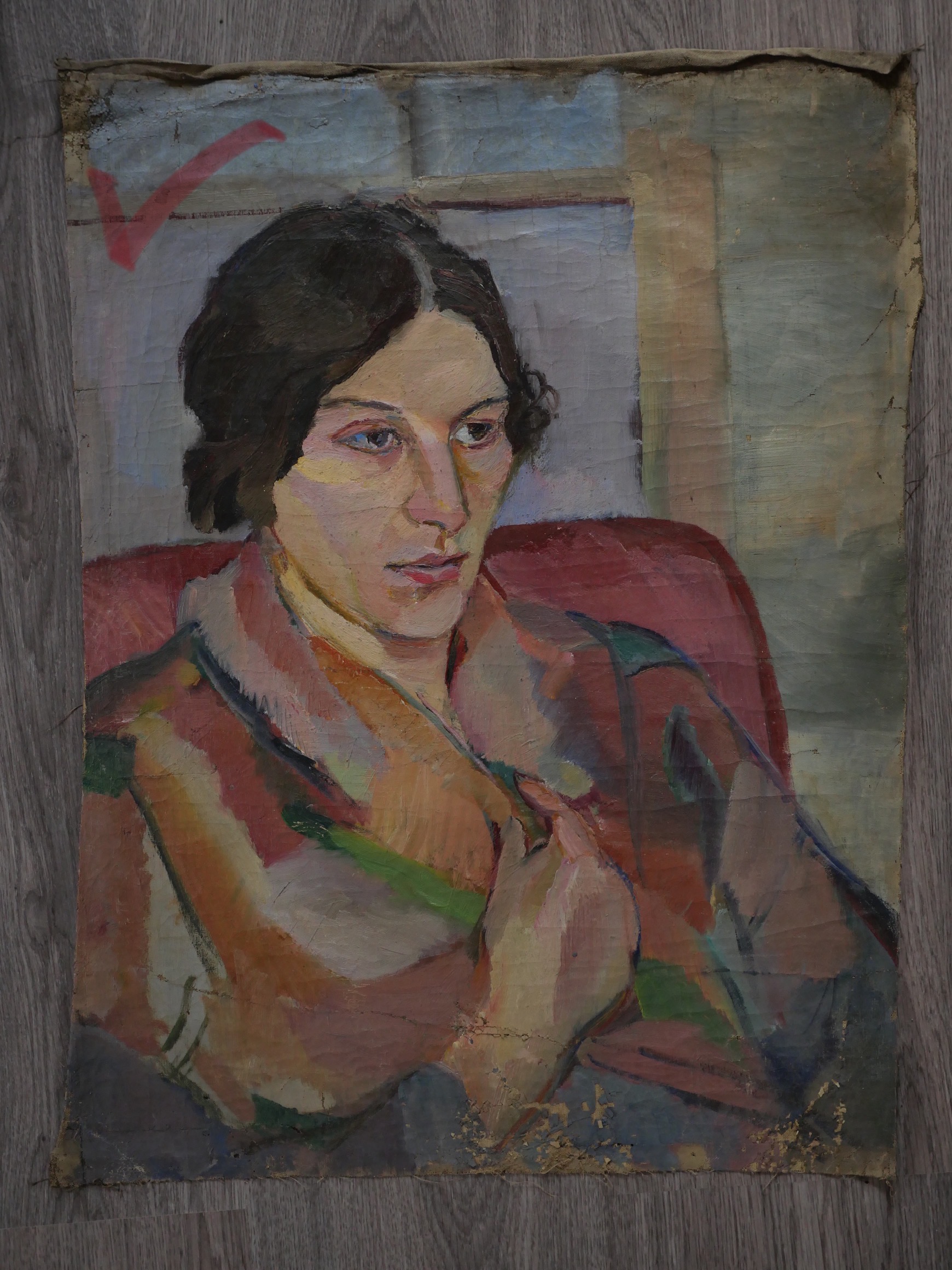FRITZ ASCHER SOCIETY Newsletter JUNE 2025
Dear Friends, Art has the power to enlighten, uplift, and help us recognize our common humanity even when confronted by inhumanity. At FAS, we are constantly inspired by the artwork created by people who were persecuted for their identity or for their art by the German National Socialists and their European Allies 1933-1945. Learning about the strength and resilience of the artists and the moral and ethic values of those who refused to be perpetrators or bystanders helps guide our reflections and actions today. In our 2024 program report you can find out more about our work: PROGRAM REPORT 2024 Five more days in our fundraising campaign to ensure our virtual programming! Every donation will be [...]
